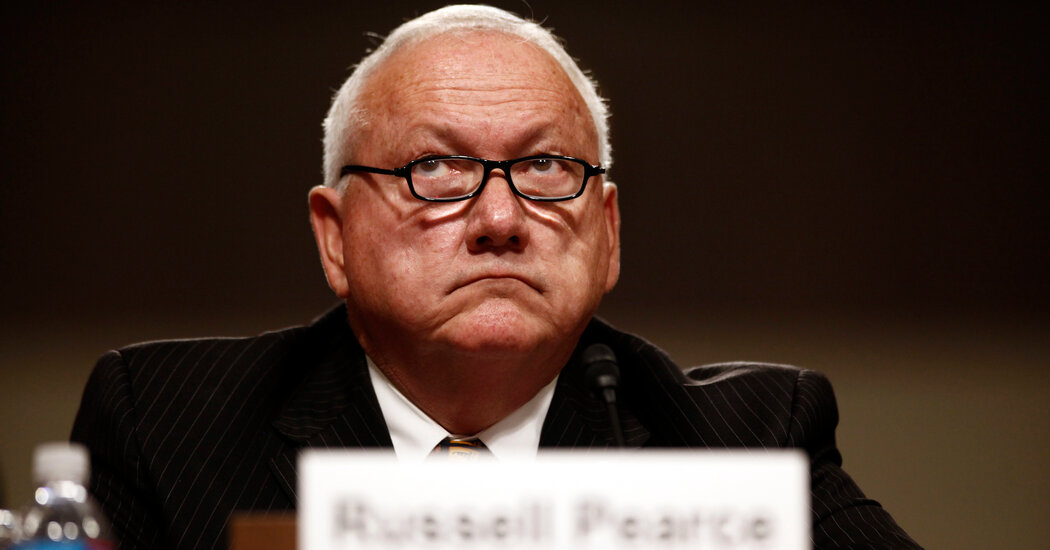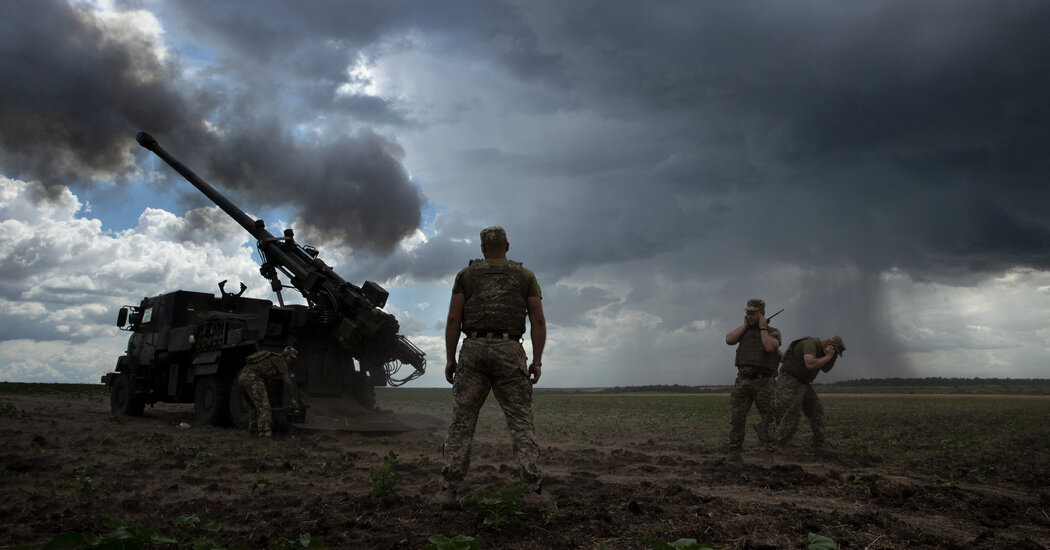
Mr. Pearce’s crackdown was copied by other states. The United States Supreme Court upheld the state’s requirement that law enforcement officers verify the status of all individuals who were arrested or detained if they had reason to suspect that they were in the country illegally.
Mr. Pearce often insisted that he was neither anti-immigrant nor motivated by racial prejudice; rather, he said, as a sheriff’s deputy for 23 years (including a stint under Joe Arpaio of Maricopa County, known nationally for his hostility to immigrants), he was upholding the sanctity of the law.
“We’re a nation of laws,” he said on NPR in 2008, adding, “I will not back off until we solve the problem of this illegal invasion.”
He denounced legislation proposed in Congress in 2005 that would have created a path to citizenship for people who entered the country illegally — if they worked steadily and learned English — as a “treacherous, treasonous bill,” even though it was sponsored by a fellow Arizona Republican, Senator John McCain.
There were times when fellow conservatives said Mr. Pearce had gone too far. In 2014, when he was first vice chairman of the Arizona Republican Party, a post he had held since 2012, he insisted that when he made remarks supporting mandatory birth control or sterilization for Medicaid recipients, he was actually quoting someone else. The comments ultimately led to his resignation.
Russell Keith Pearce, a fifth-generation Arizonan, was born on June 23, 1947, in Mesa to Hal Frost Pearce, an auto mechanic (and, he said, an alcoholic), and Norma Crandell, a musician and homemaker. His parents divorced when he was 13. The family was impoverished, but, he later recalled, his mother refused to accept groceries left by neighbors.
After serving with the National Guard in Arizona during the Vietnam War, he joined the sheriff’s office, where, in one highly publicized move, he and Sheriff Arpaio proposed that inmates be housed in tents. While working there, he earned a degree in management from the University of Phoenix. He went on to serve as director of the Arizona Motor Vehicle Division.




